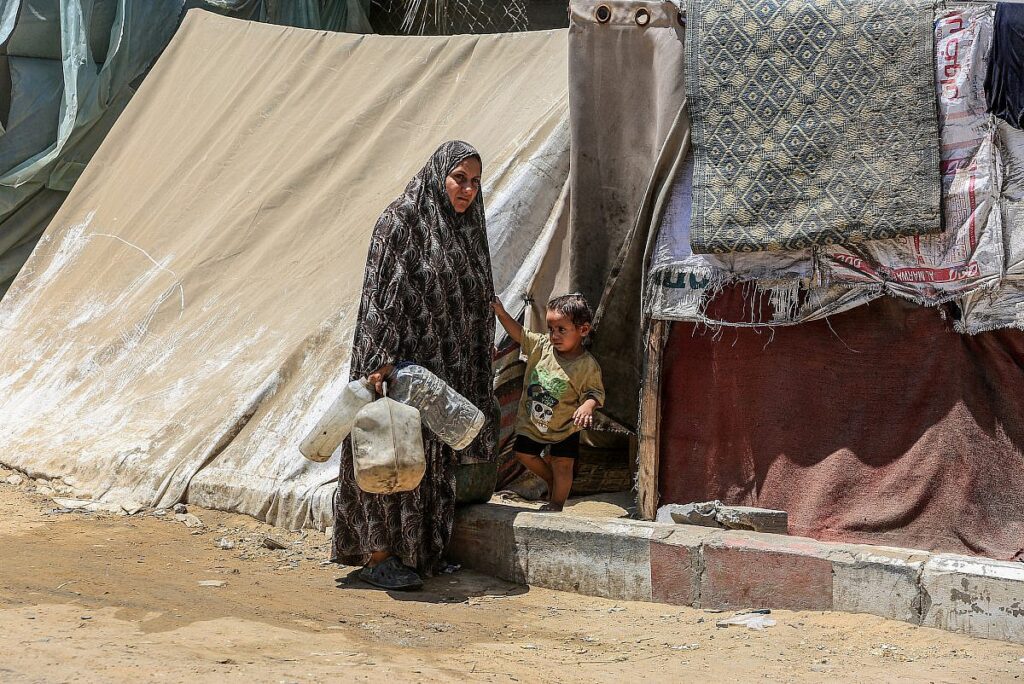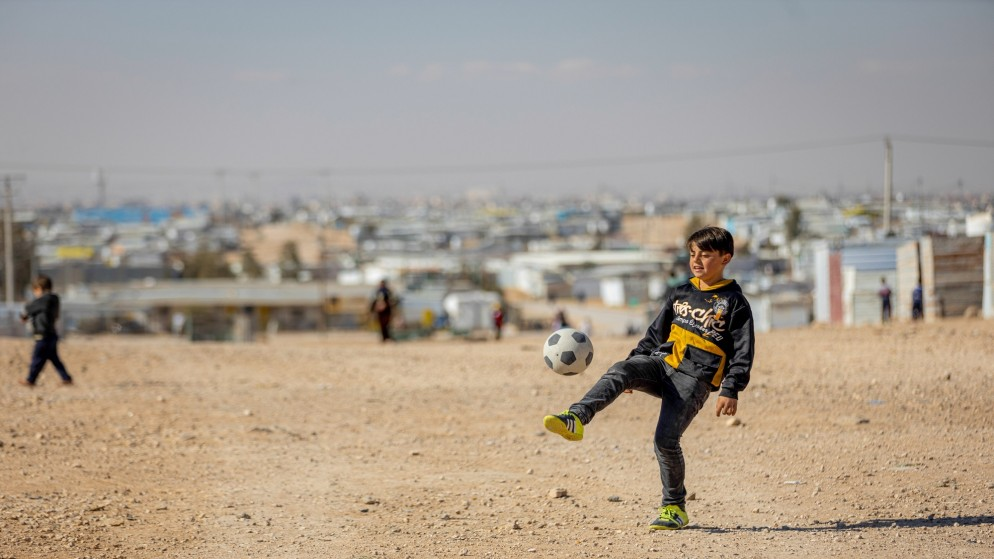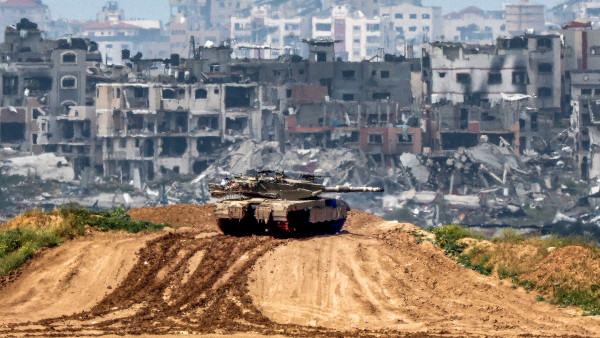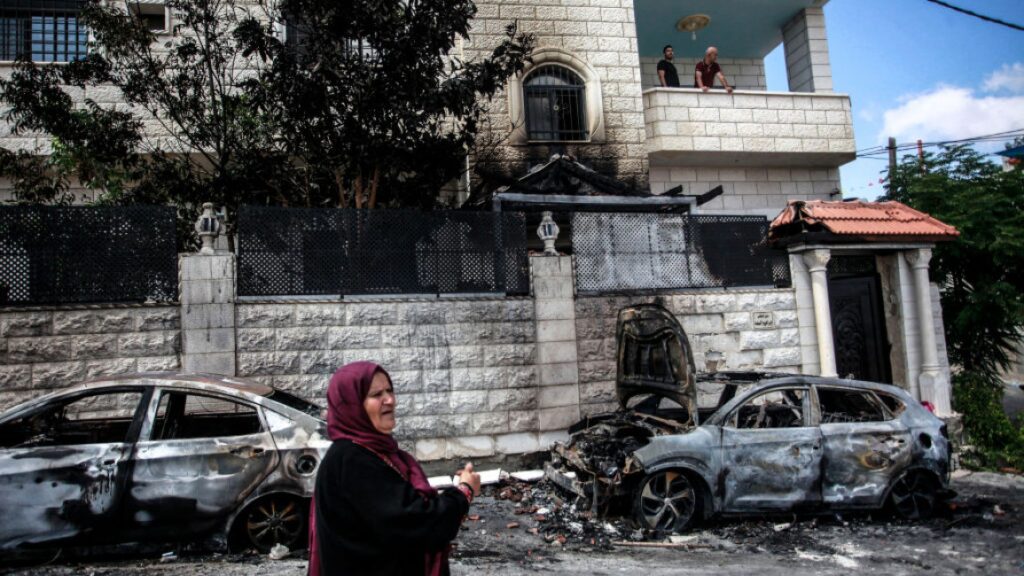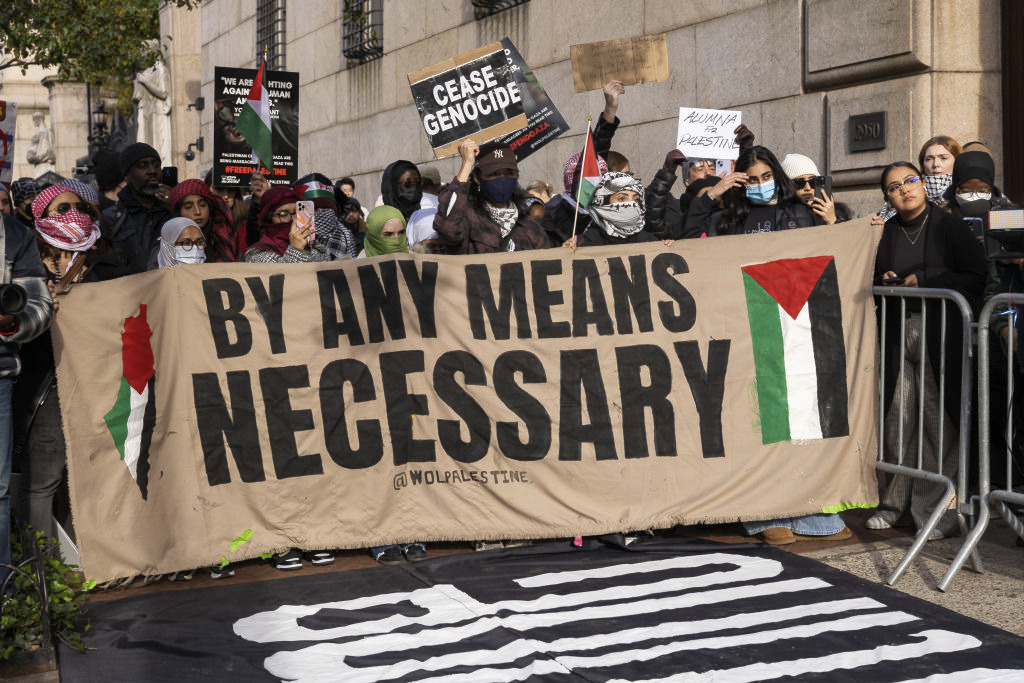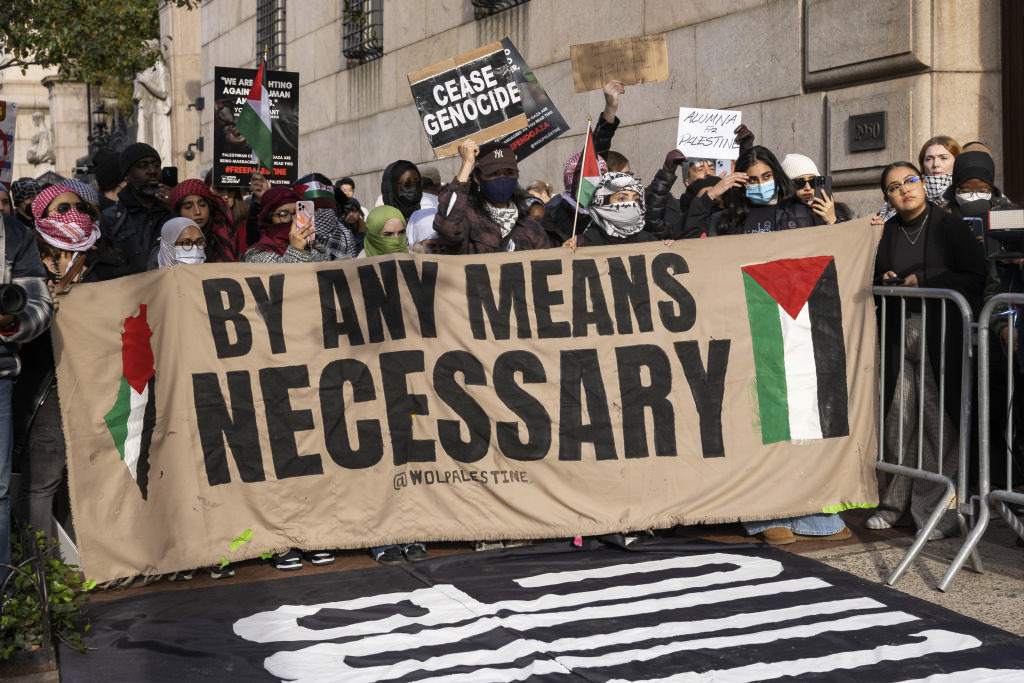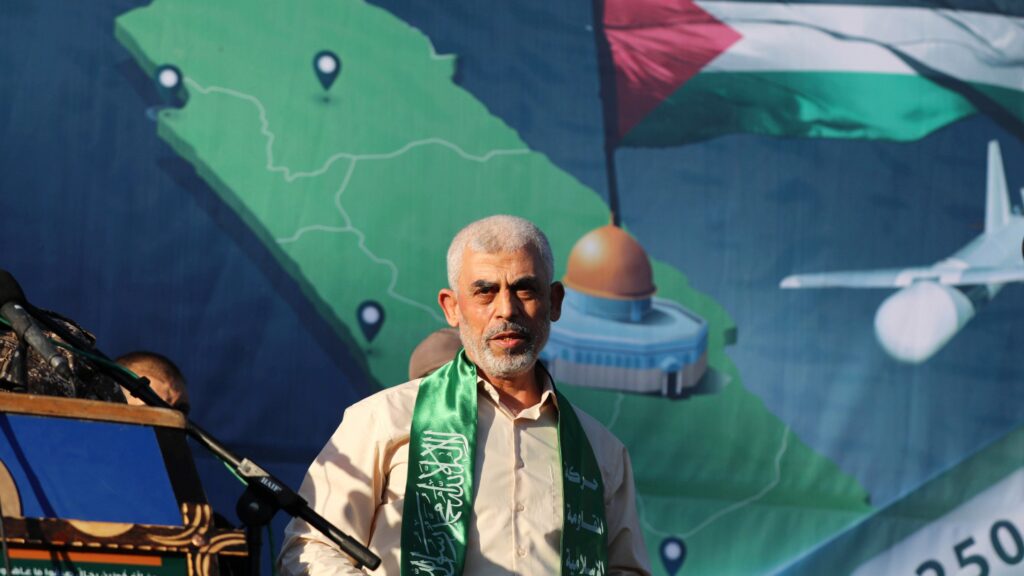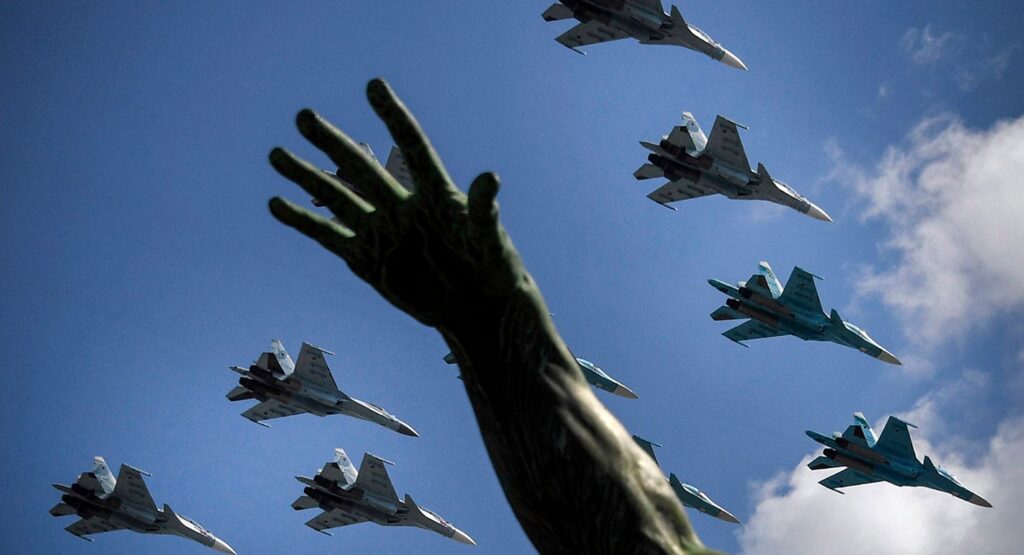Threatened by a moderate Iranian president, Israel is pulling him into a fight
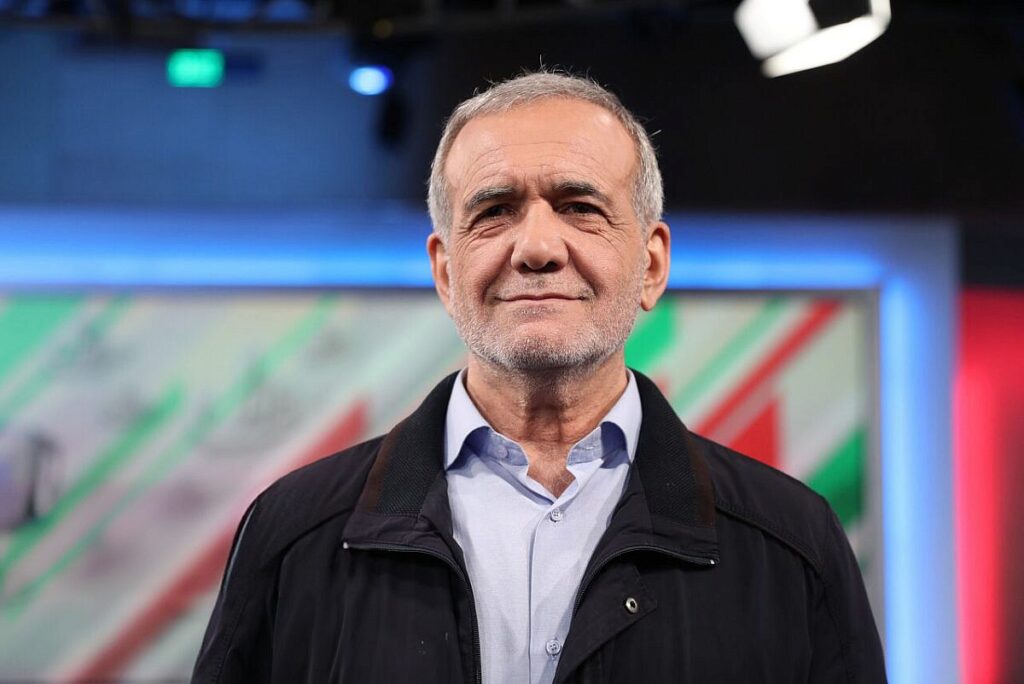
Israel prefers hardline leaders to maintain a monolithic view of the enemy. Its assassination in Tehran now forces the reformist Pezeshkian into a corner.
On July 5, Masoud Pezeshkian won the run-off elections in Iran to replace Ebrahim Raisi as president of the Islamic Republic, after the latter’s death in a helicopter crash in May. During the short campaign, Pezeshkian sought to win over voters with the basic platform of his reformist camp: restarting negotiations with the West to lift sanctions, building the economy, fighting poverty, and investing in housing, healthcare, welfare, and civil society. He was officially sworn in as president at the end of the month.

